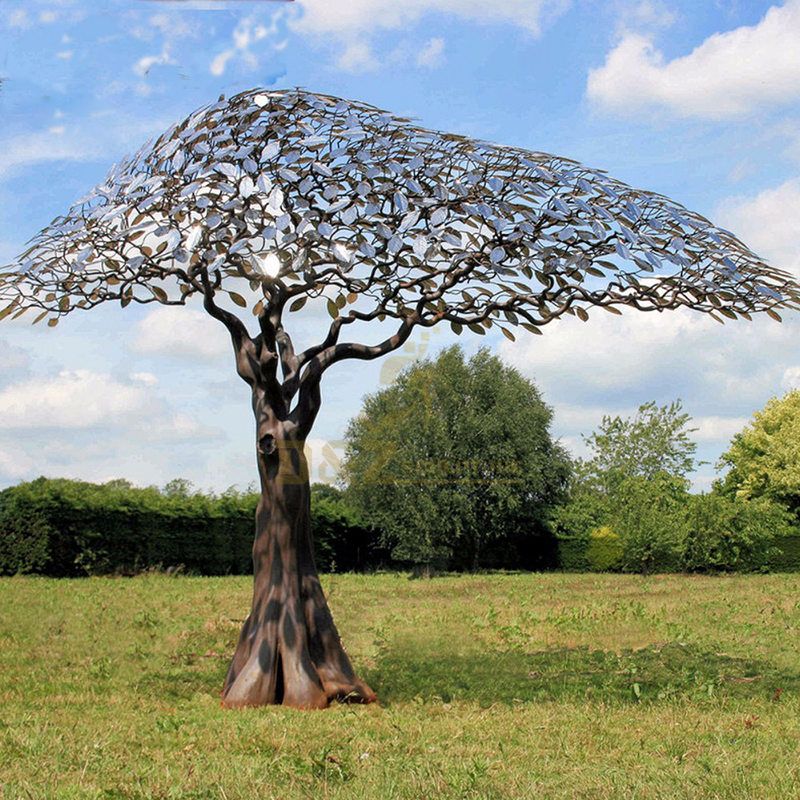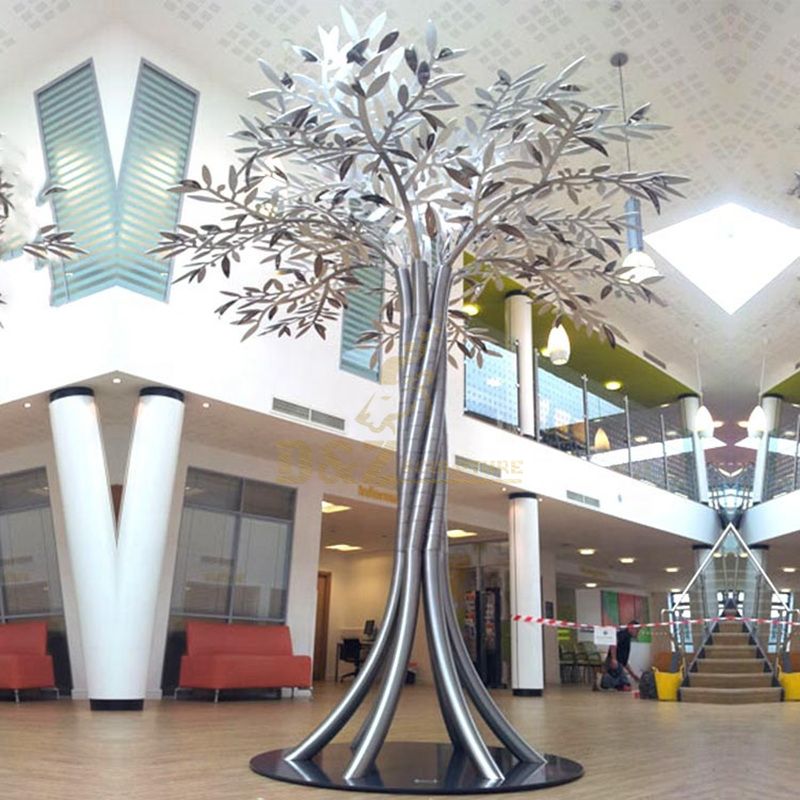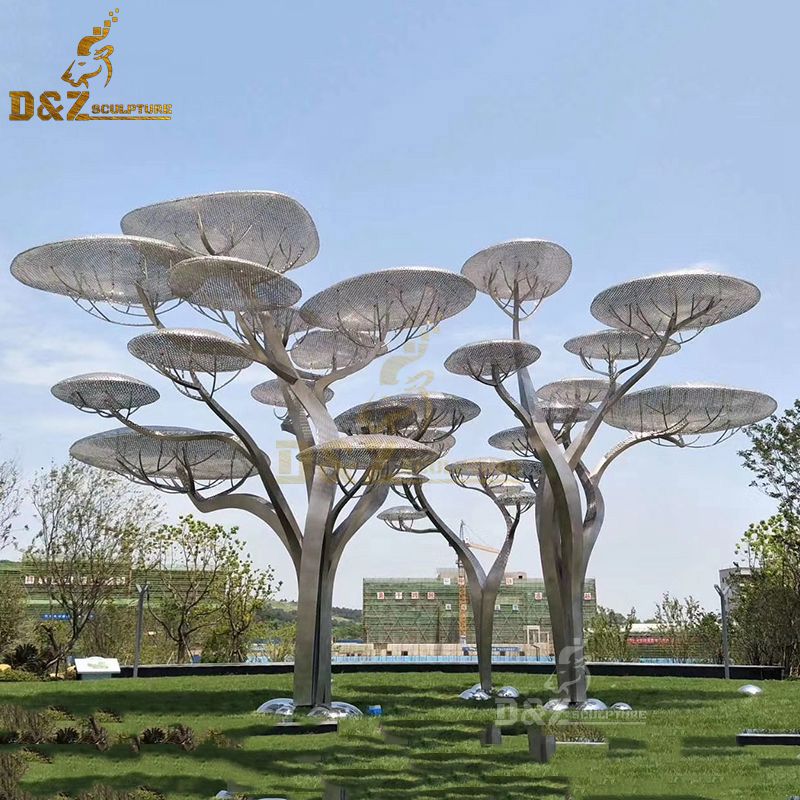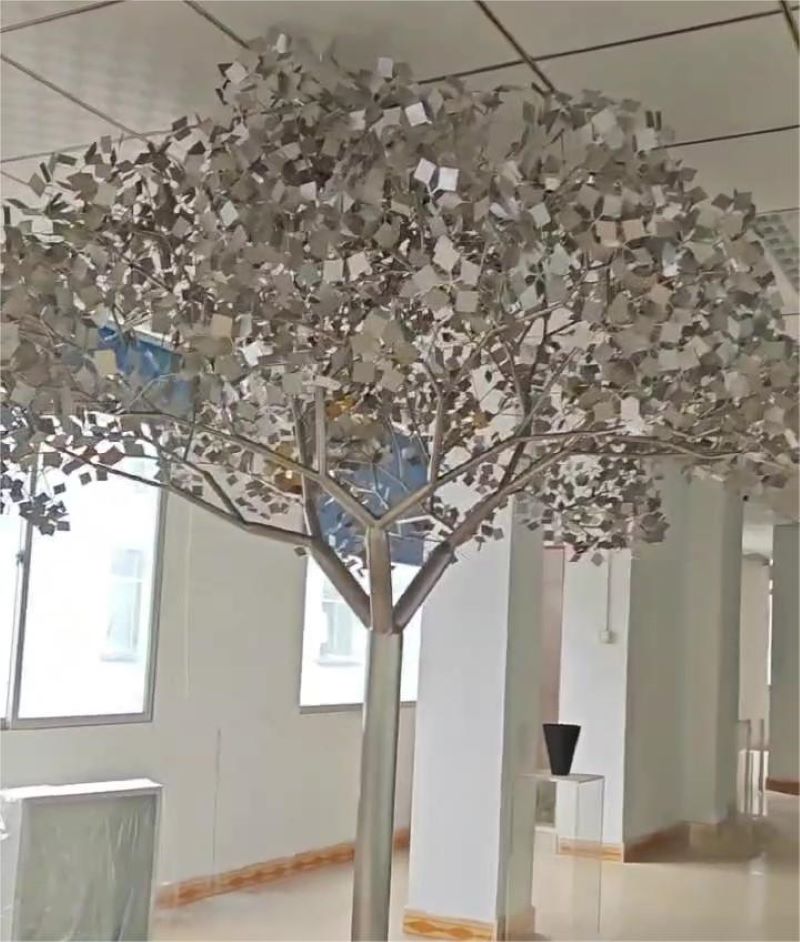Tree of Life sculpture is a unique art form that is based on the shape of a tree and endows it with rich symbolic meaning through the artist's creativity and skills. It carries human beings’ deep thoughts on life, growth, and interconnectedness. This theme has been used extensively in art, with various cultures and religions assigning unique meanings to it.

The origins of the Tree of Life sculpture can be traced back to ancient civilizations. During that period, people developed a deep respect and worship for trees through their observation and understanding of nature. They believe that the tree is a symbol of life, the source of life, and the embodiment of power. Therefore, sculptures based on trees came into being.
Over time, tree of life sculptures have evolved into various forms and styles. In Western culture, the Tree of Life is usually depicted as a mysterious and powerful being, a sacred thing given to mankind by God. In Eastern culture, the Tree of Life is regarded as a far-reaching symbol, representing the origin, continuation, and regeneration of life.

Tree of life sculptures usually consist of three parts: trunk, crown, and roots. The tree trunk is the core part of the sculpture, symbolizing the pillars and foundation of life. In Tree of Life sculptures, the trunk is usually depicted as strong and strong, showing the tenacity and tenacity of life.
The crown is the second part of the sculpture, which symbolizes the reproduction and growth of life. In Tree of Life sculptures, the crown is usually composed of layers of leaves or fruits, showing the diversity and richness of life.
The tree root is the third part of the sculpture, which symbolizes the source and support of life. In Tree of Life sculptures, the roots often reach deep into the ground, demonstrating the stability and permanence of life.

It is a kind of praise and worship of life. By using trees as prototypes, the sculptors expressed a deep understanding of the origin, continuation, and regeneration of life.
The Tree of Life sculpture also has deep symbolic meaning. In different cultures and religions, the Tree of Life represents different spiritual connotations and beliefs. For example, in Christianity, the tree of life symbolizes the divinity and eternal life of God; in Judaism, it represents the history and beliefs of the Jews; in Islam, it symbolizes the omnipotence and mercy of Allah; and In Hinduism and Buddhism, it represents the cycle of the universe and the constant renewal of life.
The Tree of Life sculpture also has aesthetic value. As a work of art, the Tree of Life sculpture demonstrates the power of beauty with its unique shape, lines, and colors.

In the choice of materials, the artists showed diversity. Whether it is metal, wood, stone, or a combination of multiple materials, it shows the ingenious use of materials.
Tree of Life sculptures come in a variety of sizes, from small and delicate tabletop sculptures to majestic outdoor installations. This makes the Tree of Life sculpture suitable for embellishment of personal space, but also becomes an eye-catching work in the public domain.
Common application scenarios for Tree of Life sculptures: public squares and urban landscapes, gardens and parks, corporate campuses and commercial areas, indoor halls, and office buildings, art exhibitions and museums, hotels and resorts, cultural celebrations and events, educational institutions and campuses, etc.
Leave a message

Any landscape ideas in your mind, describe to D&Z sculpture team directly, you can imagine we can create.
Copyright © 1996-2024 D&Z Sculpture Co., Ltd. All Rights Reserved | Sitemap |